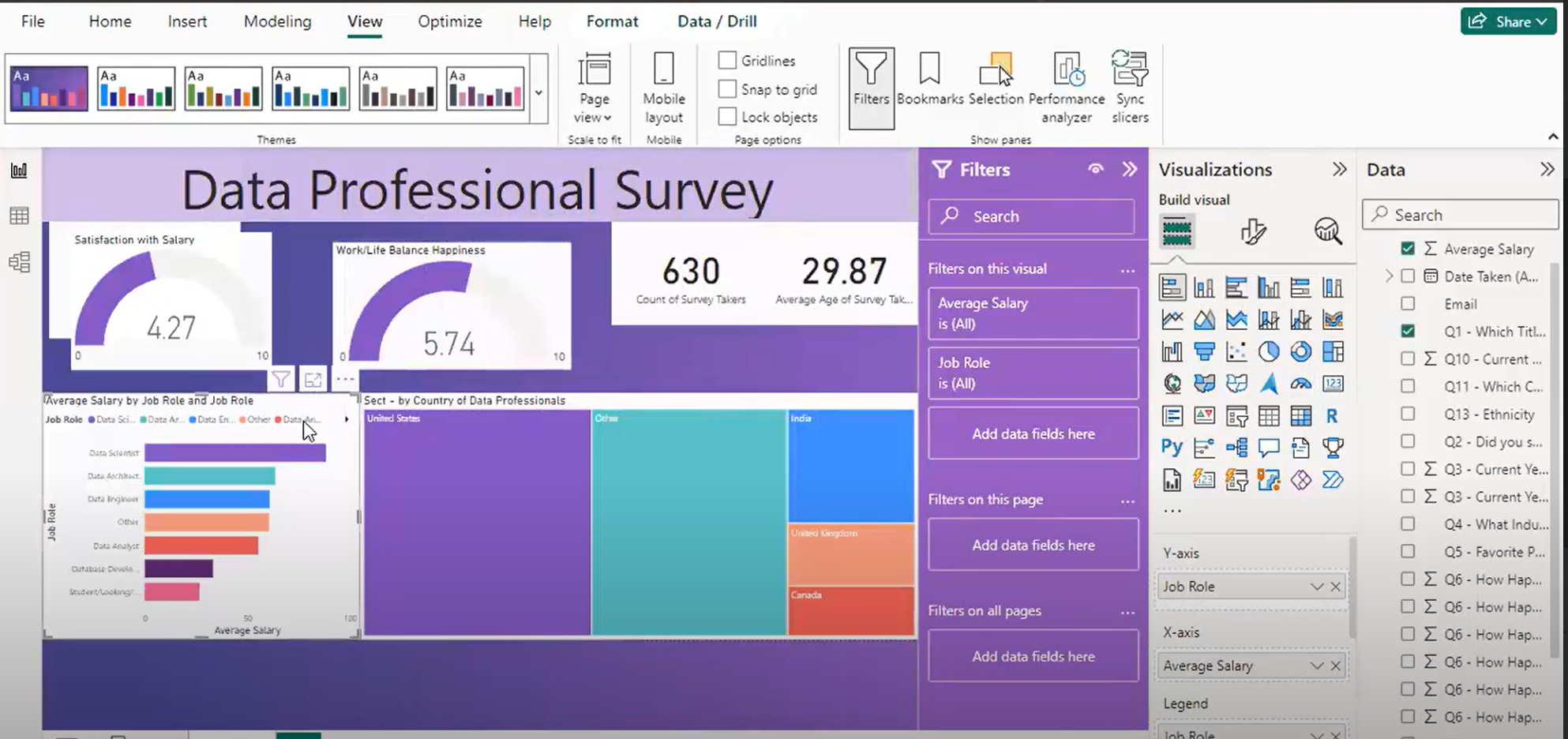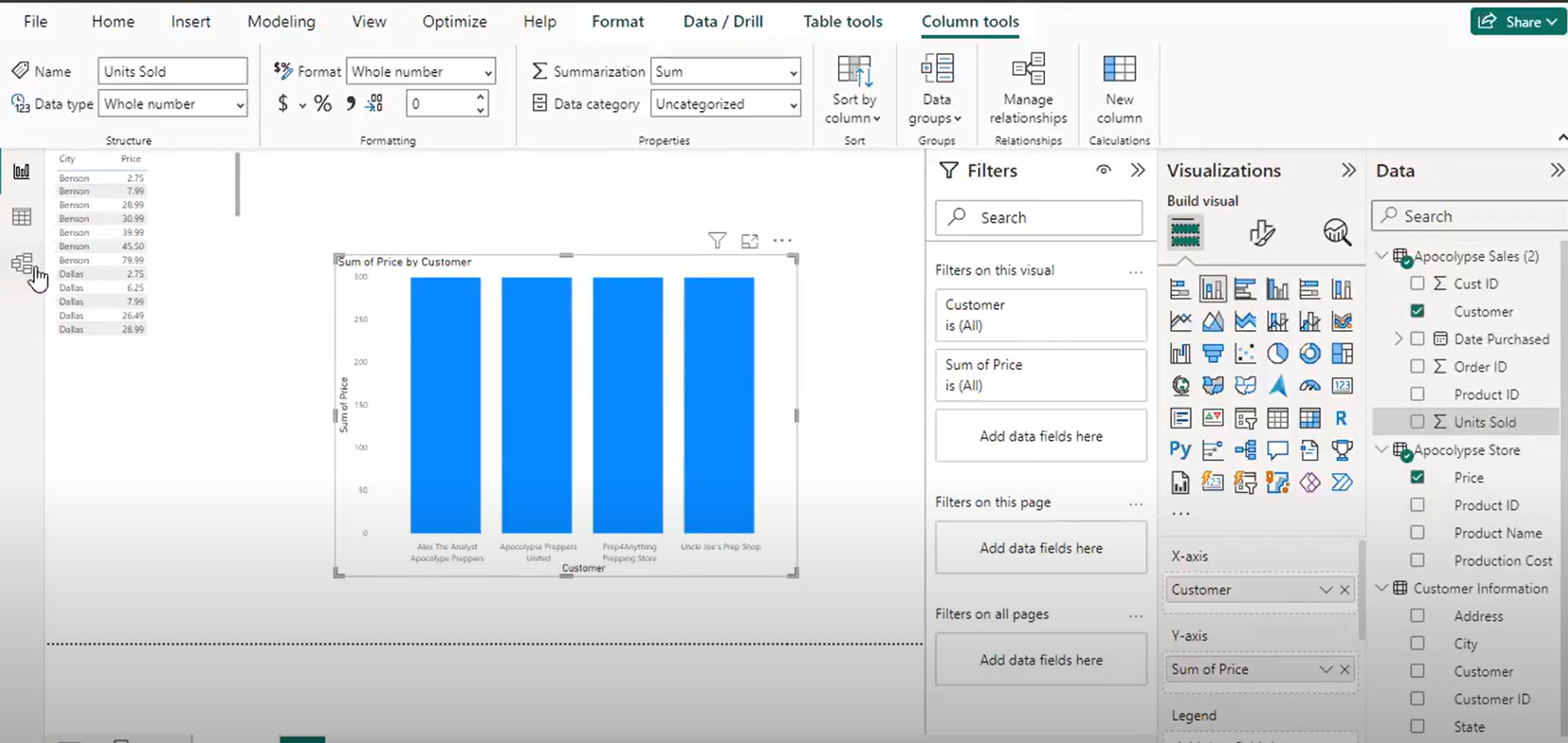
In a world filled with distractions, staying committed to learning can feel overwhelming. Whether you’re picking up a new skill, preparing for an exam, or just trying to stay updated in your field, a structured learning schedule can be the key to success. Here’s how to create one that actually works for you.
1. Define Your Learning Goals
Before setting a schedule, identify what you want to achieve. Are you learning a new language, mastering a coding skill, or improving your writing? Be specific about your objectives and set clear milestones to track your progress.
SMART Goals Framework:
- Specific: Clearly define what you want to learn.
- Measurable: Track progress with tangible indicators.
- Achievable: Set realistic expectations.
- Relevant: Align your goals with your career or personal interests.
- Time-bound: Assign deadlines to maintain accountability.
2. Assess Your Available Time
Analyze your daily and weekly schedule to identify available time slots. Consider your work, personal commitments, and energy levels to determine when you’re most productive.
Time Audit:
- Track your daily activities for a week.
- Identify time-wasters (social media, unnecessary browsing, etc.).
- Allocate dedicated learning time based on your most focused hours.
3. Choose the Right Learning Format
People learn in different ways. Choose a method that suits your style:
- Visual learners: Use infographics, videos, and diagrams.
- Auditory learners: Listen to podcasts, audiobooks, or recorded lectures.
- Kinesthetic learners: Engage in hands-on practice and real-world applications.
- Reading/writing learners: Take notes, summarize information, and read extensively.
4. Create a Realistic Learning Plan
Break down your learning into manageable chunks. A well-structured plan prevents burnout and enhances retention.
Effective Planning Strategies:
- The Pomodoro Technique: Study in 25-minute intervals with 5-minute breaks.
- Spaced Repetition: Review material at increasing intervals to improve retention.
- Block Scheduling: Dedicate specific time blocks for different subjects or skills.
5. Use Digital Tools to Stay Organized
Some various apps and tools can help you manage your schedule:
- Google Calendar: Set reminders and allocate time slots.
- Notion or Evernote: Keep track of notes and study resources.
- Trello or Asana: Organize tasks and monitor progress.
- Anki or Quizlet: Utilize flashcards for memorization.
6. Stay Flexible and Adjust as Needed
Life happens, and rigid schedules can lead to frustration. Be open to adjustments based on your progress and unforeseen circumstances. If something isn’t working, tweak your schedule rather than abandoning it altogether.
7. Track Your Progress and Reward Yourself
Regularly assess how well your schedule is working. Celebrate small victories to stay motivated.
Tracking Methods:
- Maintain a journal of completed tasks.
- Use a habit tracker app.
- Set up a reward system (e.g., treat yourself after mastering a concept).
Conclusion
A well-structured learning schedule isn’t just about cramming hours into your day, it’s about creating a sustainable, enjoyable, and effective approach to learning. By setting clear goals, leveraging the right tools, and staying adaptable, you can build a learning schedule that works for you and keeps you on track toward success. Happy learning.





